SUMMARY
This is AI generated summarization, which may have errors. For context, always refer to the full article.
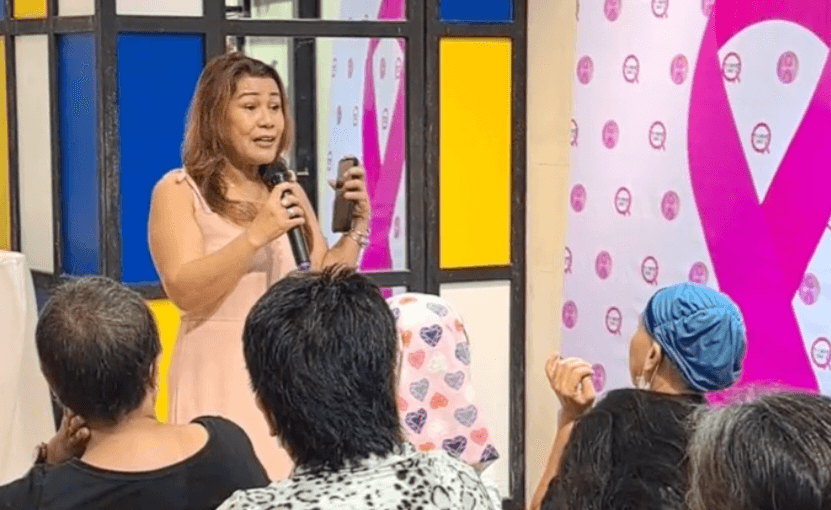
CAGAYAN DE ORO, Philippines – The breast cancer journey is complex at all levels, spanning from diagnosis to how people respond to it, their capacity to afford treatment, the support system, the battle against mental health challenges, the palliative care, and continuing until the end of care.
Mercelita “Merci” Jandayan-Labial, a graduate school professor at the Capitol University (CU) in Cagayan de Oro, is a breast cancer survivor who spent more than P2 million to combat the disease.
The day she received her breast cancer diagnosis, a rollercoaster of emotions overwhelmed her. With unwavering faith, solid family support, and a wide network of friends, she faced breast cancer head-on.
But to her, cancer is just a word.
Merci told Rappler, “Breast cancer is not a sentence because it does not put a period to our being. It didn’t stop my being. It probably slowed down my life, but it didn’t put an end to it. It is just a word because cancer had only been part of my ongoing journey. How we make meaning of the word all depends on us. How we battle against cancer is our call.”
HER2 positive
Merci received a diagnosis of breast cancer Stage 2B. Her mammogram results indicated a Breast Imaging-Reporting and Data Systems (BI-RADS) 5 malignancy, a highly suspicious type of cancer requiring immediate action – in her case, the removal of her breasts.
In search of a second opinion, Merci consulted another doctor, hoping that there might be some discrepancy and that her life could return to normal as she had hoped when she first heard the initial diagnosis.
Unfortunately, nothing changed. Clarity emerged as the doctor conducted a fine needle aspiration biopsy (FNAB) to confirm whether it was cancerous before proceeding with breast surgery.
She said, “I held on to the hope that it would yield a negative result, but it showed I was positive of having ductal carcinoma. I had breast cancer!”
To make matters worse, her tumor was HER2 positive, independent, aggressive, and metastatic, requiring targeted therapy to slow or eliminate the growth of cancer cells in her lymph nodes.
Costly treatment
According to the World Health Organization (WHO), the annual cost of cancer care in the Philippines is P35.3 billion.
In Merci’s case, the cost of the targeted therapy drug was astronomical. Merci had to raise P122,000 every 21 days for her 18 treatment cycles, amounting to P2.4 million for the entire treatment.
Her heart also needed to be strong enough to endure the potential side effects of the treatment.
In March 2015, Merci spent P145,000 on a mastectomy.
Following the surgery, she underwent the systemic chemotherapy protocol AC-TH, consisting of eight cycles, followed by 33 days of radiotherapy and, finally, targeted therapy infusion.
Throughout her treatment, Merci suffered hair loss, physical weakness during each cycle, and daily radiation, all while grappling with various mental health issues and the constant concern of raising the funds to complete her treatment.
With limited financial resources, Merci began crowdfunding to finance her treatment.
Fortunately, her family, relatives, friends, and professional network responded to her plea, and the pooled resources covered her treatment, which extended for over a year.
A portion of the financial aid came from various government agencies tasked with assisting Filipinos in need of medical treatment.
However, accessing financial aid from these public institutions involved extensive documentation and lengthy processes.
Regrettably, what these agencies could provide was largely insufficient to cover the entire treatment protocol for those without a network as extensive as Merci’s.
Eight years since her diagnosis, Merci has moved forward. She now owns a review center and remains an active speaker and presenter.
She is also a member of Thrive CDO, a breast cancer awareness advocacy group in Cagayan de Oro City.
Leading cause of death
It was different for Arki who didn’t make it.
Upon learning of her breast cancer diagnosis, she kept it a secret, sharing it with only a few close friends. Not even her children or husband were aware until she reached the metastatic stage in 2017.
Arki chose herbal supplements and adopted a healthier diet in the hope of returning to normal life. Her religious beliefs and financial capacity influenced her choices.
In early 2018, due to unbearable pain, Arki finally sought medical intervention. Sadly, one month later, she passed away.
Breast cancer remains the leading cause of death among women worldwide and in the Philippines, despite innovative treatment protocols being available.
It accounted for 685,000 or 15.5% of the total 4.4 million cancer deaths among females worldwide and 9,926 or 21.8% of the 45,560 cancer deaths in the Philippines in 2020.
Globally, among all cancer types, breast cancer had the highest incidence, with 2.3 million cases, making up 11.7% of the 19.3 million new cases, according to the WHO in 2020.
Over a five-year period, its prevalence reached 7.9 million or 15.4% of the total 50.5 million cases.
In a report released in May 2023, the Philippine Statistics Office (PSO) recorded 63,377 deaths, accounting for 10.2% of neoplasms or cancer-related diseases from January to December of the previous year.
Cancer ranked as the second leading cause of death in the country in 2022, following ischemic heart disease.
Dr. Wilfredo Liangco of Medical Center Manila said that in 2017, the country had the highest prevalence of breast cancer among 197 countries.
More than half, or 53%, of breast cancer cases in the country are diagnosed in Stages III and IV, while only 2%-3% of cases are diagnosed in Stage 1.
The survival rate in high-income countries is 90%, while in low-income countries, it ranges from 40% to 66%. The discrepancy reflects the differences in breast cancer awareness, screening practices, and the accessibility of innovative treatments between high-income and low-income countries.
Cancer centers
When Merci and Arki were diagnosed with breast cancer, there was no cancer control law yet. It was only enacted as the National Integrated Cancer Control Act (RA 11215) in February 2019, during the administration of former president Rodrigo Duterte, with its Implementing Rules and Regulations (IRR) coming out in August 2019.
The law has led to the opening of more cancer centers in public hospitals in the country and has established systematic financial support for cancer patients’ care.
Negotiating for the prices of targeted therapy drugs is also part of the cancer care programs.
Dr. Alfonso Nuñez III, interim executive director of the Philippine Cancer Center, said the law has introduced measures to support the financial needs of cancer patients in the country. This includes the establishment of a Cancer Assistance Fund (CAF) and a Cancer Supportive Care and Palliative Care Medicines Access Program (CSPMAP).
According to Dr. Nuñez, CSPMAP is a social protection initiative aimed at providing equitable access to the entire cancer care continuum for indigents, protecting them against financial hardship.
Through this program, patients can access a range of cancer medications, including chemotherapy drugs and other supportive medications, required during the course of cancer treatment.
CAF supports CSPMAP by covering diagnostic and therapeutic procedures for patients accessing cancer care for early detection, rapid diagnosis, treatment, and care.
While there are still barriers and gaps in the screening program, data collection, research, supportive and palliative care, and survivorship care for managing cancer, measures have been identified and employed to ease the burden of cancer treatment.
In terms of Cancer Care Centers, the Southern Philippines Medical Center (SPMC) in Davao City is one of the 11 advanced comprehensive cancer specialty centers established in the country.
It primarily serves patients from the Davao region and other areas in Mindanao, being the only one of its kind in Mindanao.
Dr. Kenny Jun Demegillo, the training officer of the medical oncology section of SPMC, said the SPMC Cancer Institute offers sub-specialty training in medical, surgical, pediatric, and radiation oncology, as well as hospice and palliative care.
Among the 13 basic comprehensive cancer centers in the country, four are located in Mindanao. These are the following:
Northern Mindanao Medical Center in Cagayan de Oro City
Davao Regional Medical Center in Tagum City, Davao del Norte
Cotabato Regional Medical Center in Cotabato City
Zamboanga Medical City Medical Center in Zamboanga City
These cancer centers have made it easier for indigents and those from remote areas to access treatment facilities. – Rappler.com
(This story is supported by a grant from the Philippine Press Institute, Novartis, and ICanServe Foundation.)
Add a comment
How does this make you feel?
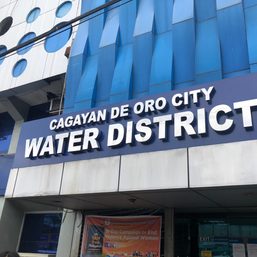
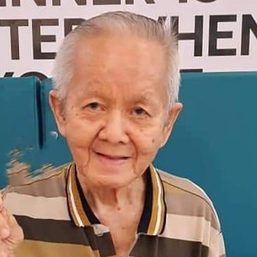
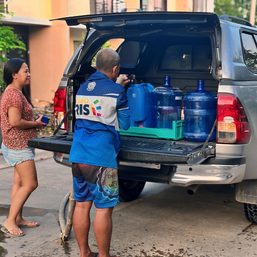
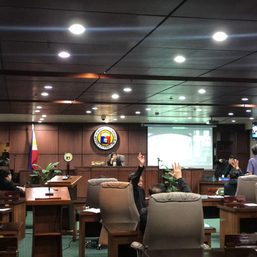


![[OPINION] Beyond infrastructure: Ensuring healthcare access for the poor](https://www.rappler.com/tachyon/2024/03/tl-healthcare-access-03402024.jpg?resize=257%2C257&crop_strategy=attention)


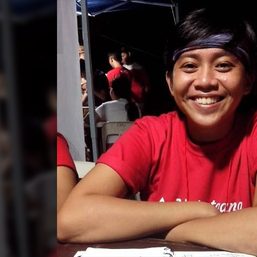
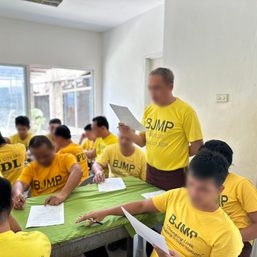

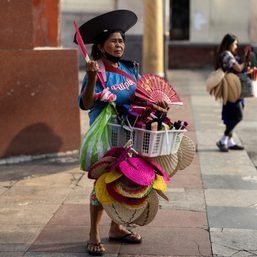
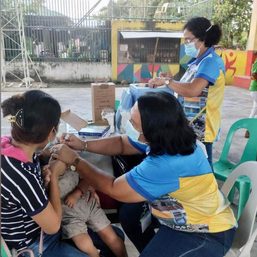
![[Free to Disagree] Sabwatan ng mga doktor at drug companies](https://www.rappler.com/tachyon/2024/04/tl-sabwatan-doktor-drug-companies-April-22-2024.jpg?resize=257%2C257&crop=292px%2C0px%2C720px%2C720px)
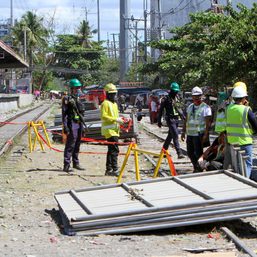
There are no comments yet. Add your comment to start the conversation.